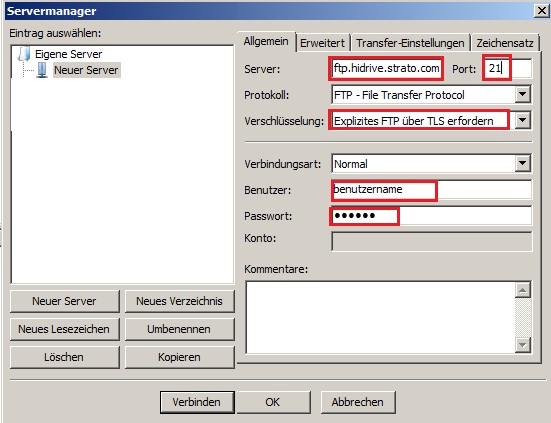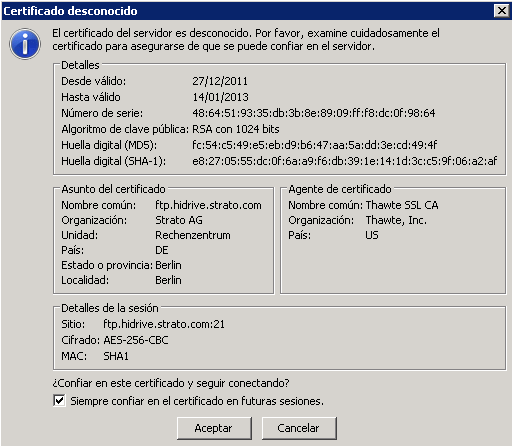
Refer to the table below for examples of backups to and from Seagate and third-party network devices. To receive the backup data from Seagate Device A, the destination device, Seagate Device B, must enable its Network Backup server. Seagate Device A is the source network device and Seagate Device B is the destination network device. Backups with network storageīackups to and from Seagate network devices require a unique destination share called Network Backup server.īackups to and from third-party network devices can use an existing shared folder.įor example, the administrator wants to back up shares on Seagate Device A to Seagate Device B. The second Seagate network storage device or third-party network storage device can be located on the same network as the primary Seagate storage device or, on a network at a different location (offsite). A second Seagate network storage device or third-party network storage device to the primary Seagate storage device.The primary Seagate storage device to a second Seagate network storage device or third-party network storage device.Perform the following types of backup with a second Seagate network storage device or a third-party network storage device:

#HIDRIVE STRATO FTP FULL#
A full backup copies everything on the source each time the backup is run.

If the format is not optimized, you must perform full backups each time a job is run. By using an optimized format, you have the option to perform incremental backups.Īn incremental backup allows you to back up new or modified files following the first backup. When configuring a backup with a USB device, the Backup Wizard gives you the option to format your USB storage for optimized backups. Refer to the table below for the file formats that work best with your Seagate device. You can optimize backups to and from a USB storage device connected to one of the USB ports on your Seagate storage device.

Fortunately, the administrator backs up to another storage solution, such as USB storage, another Seagate network storage device or cloud storage. Someone in the office accidentally deleted an important spreadsheet from his personal share. To prevent data loss due to onsite fire, flood, or theft, the administrator backs up data on Seagate Network Device 1 to the company’s Amazon S3 account. A compatible third-party storage device can also act as the destination storage. To prevent data loss due to onsite fire, flood, or theft, the administrator backs up data on Seagate Network Device 1 in her company's headquarters to Seagate Network Device 2 at a branch office.

Back up to a network storage device outside the local network (offsite) Alternatively, the administrator can back up Seagate Network Device 1 to a compatible third-party network storage device. To prevent data loss due to hardware failure, the administrator schedules regular backups of Seagate Network Device 1 to Seagate Network Device 2. Back up to a Seagate network storage device on the local network
#HIDRIVE STRATO FTP PORTABLE#
Since remote access is not always available when she travels, the administrator backs up her share to a portable USB storage device. Backup, Sync, and Restore examples Back up to a USB storage device (DAS)Īn administrator keeps important files on her private share. If more than one job is scheduled for the same time or started manually, Backup Manager places them in a queue. Note on backup job order: To conserve processing resources, the Seagate network device runs one job at time.


 0 kommentar(er)
0 kommentar(er)
